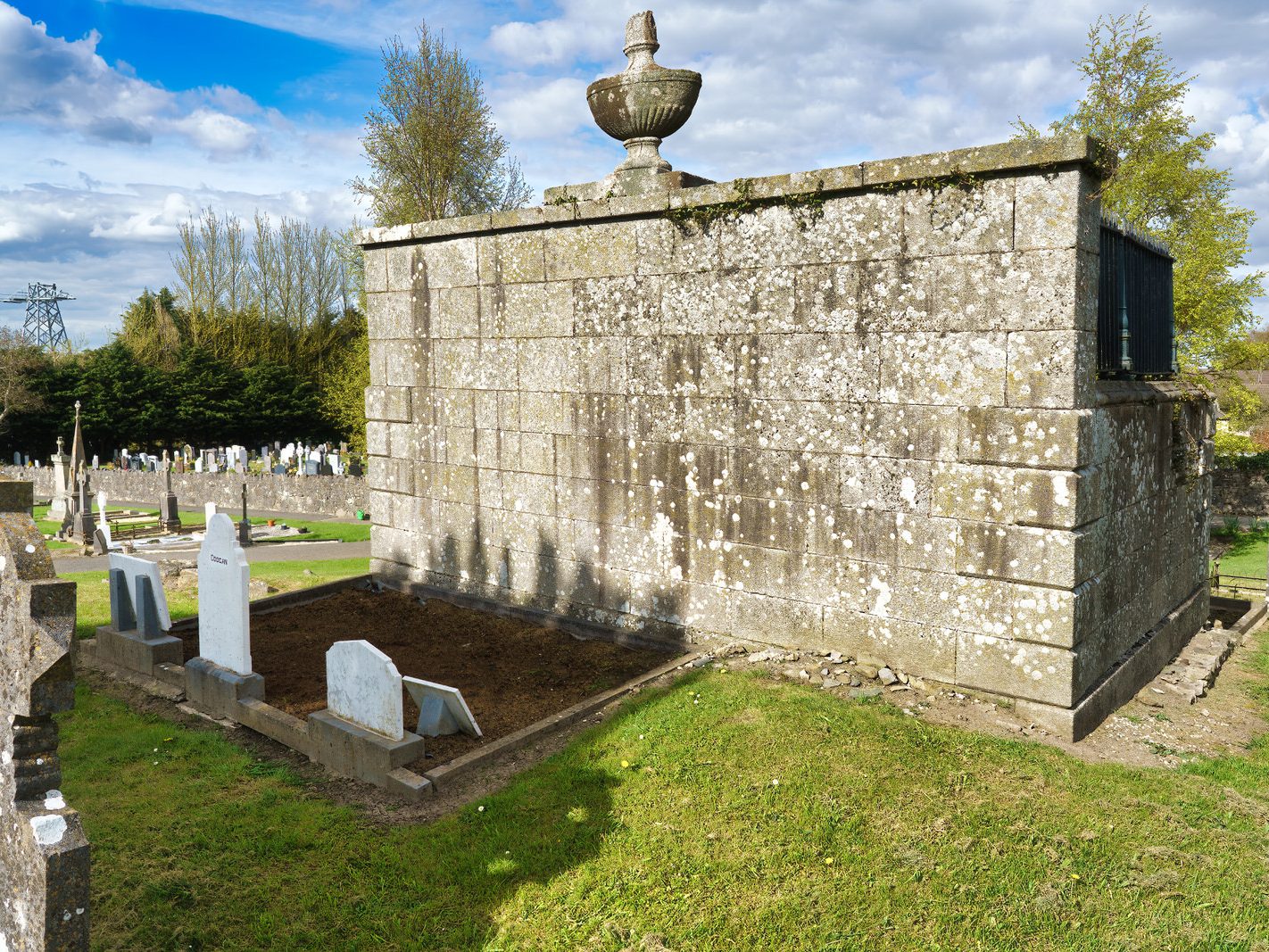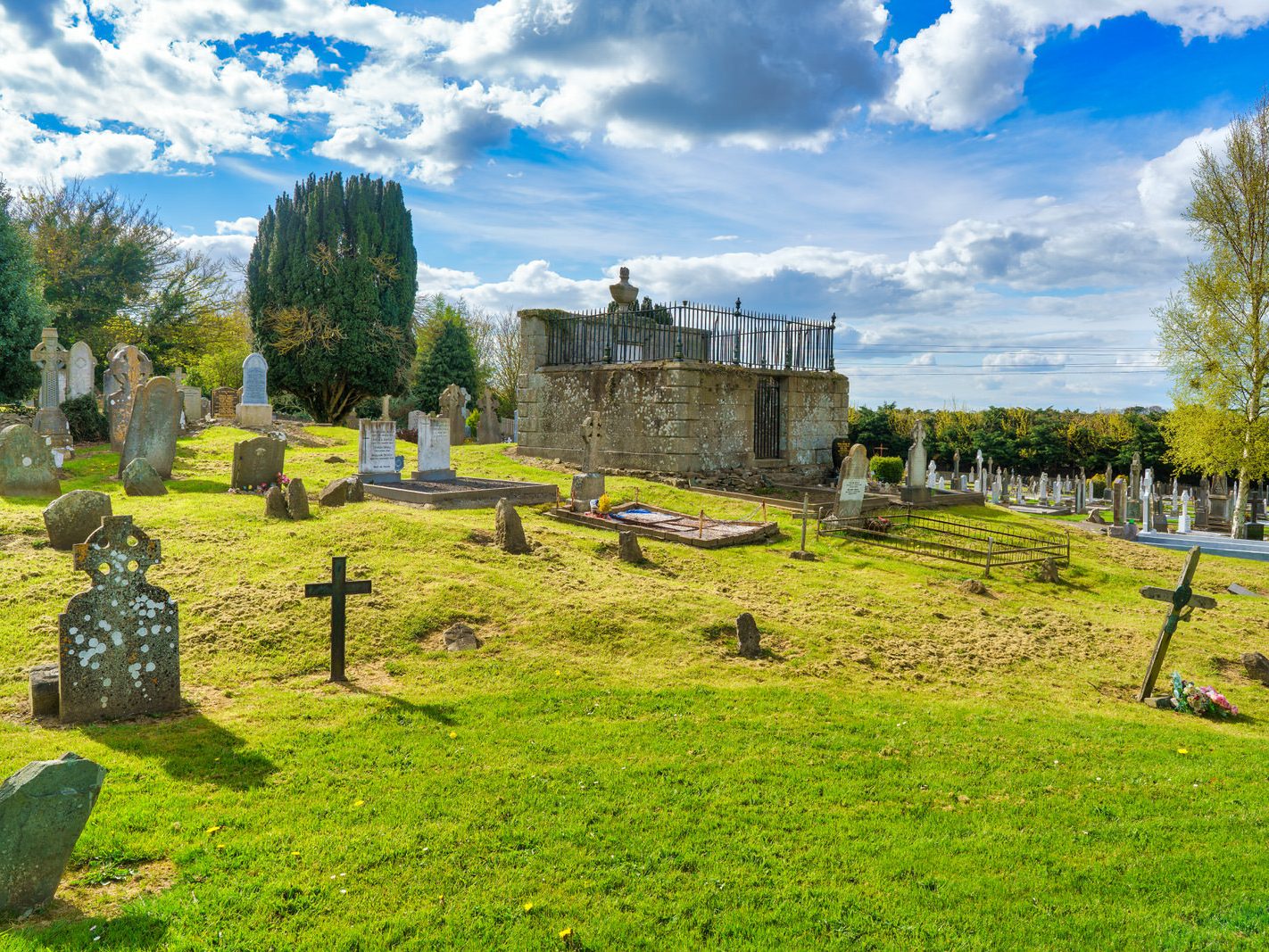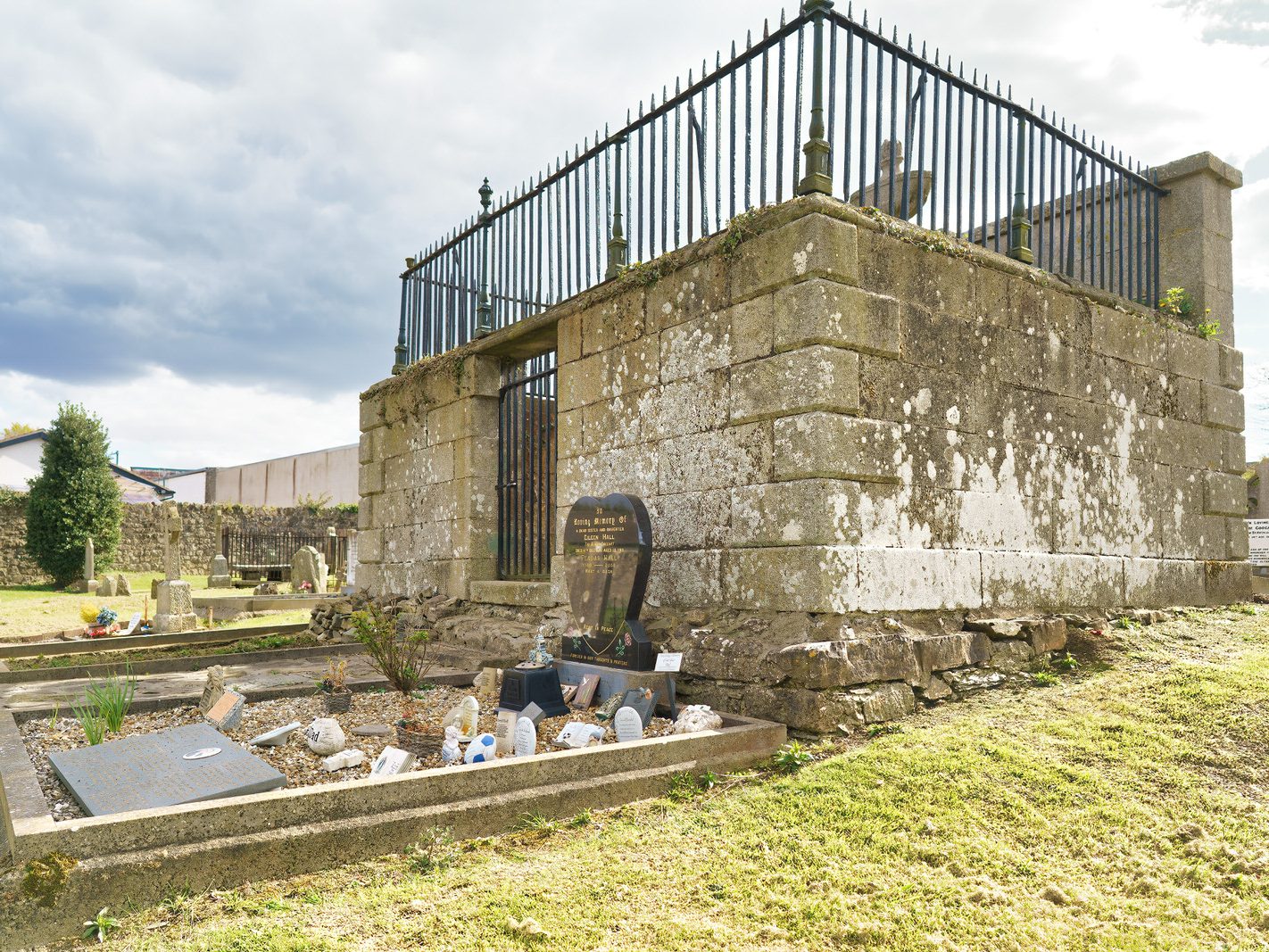PHOTOGRAPHED 2016 BUT HAS CEASED TRADING
This photograph was taken back in 2016 and I think that the pub had already ceased trading by then. The area, in general, has lost a large number of pubs.
Street Photography By Infomatique
by infomatique
PHOTOGRAPHED 2016 BUT HAS CEASED TRADING
This photograph was taken back in 2016 and I think that the pub had already ceased trading by then. The area, in general, has lost a large number of pubs.
![SAINTS AND SINNERS PUB [WAS AT 28 NORTH KING STREET]-227585-1 SAINTS AND SINNERS PUB [WAS AT 28 NORTH KING STREET]-227585-1](https://excellentstreetimages.com/2016HeadlessPhotoBlogWordPress/wp-content/uploads/2024/02/SAINTS-AND-SINNERS-PUB-WAS-AT-28-NORTH-KING-STREET-227585-1-1422x1067.jpg)
by infomatique
IT WAS EFFECTIVELY DERELICT FOR MANY YEARS
A year before I took this photograph the Waxie Dargle Pub was sold and it had been unoccupied or even derelict for a number of years. The asking price was only Euro 150,000 which very low as one might have expected it to sell at Euro 800,000 or higher.
“The Waxies’ Dargle” is a traditional Irish folk song about two Dublin “aul’ wans” (ladies) discussing how to find money to go on an excursion. It is named after an annual outing to Ringsend, near Dublin city, by Dublin cobblers (waxies). It originated as a 19th-century children’s song and is now a popular pub song in Ireland.
In the 19th century, during the Summer, the gentry of Dublin would travel out to Bray and Enniskerry with their entourages and have picnics on the banks of the River Dargle. The Dargle was a popular holiday resort, and the name in Dublin slang became synonymous with “holiday resort”.
The shoe-makers and repairers in Dublin were known as waxies, because they used wax to waterproof and preserve the thread they used in stitching the shoes.Easter and Whitsun were their principal holidays, Monday being the excursion for men and Tuesday for women. The original Waxies’ Dargle was said to be part of Donnybrook Fair, but due to riotous behaviour this fair closed in 1855. In any case, the waxies’ excursions did not go all the way to Bray, but only went as far as Irishtown which is located between Ringsend and Sandymount. In imitation of the gentry, they called their outing the Waxies’ Dargle. They drove out from the city to Ringsend on flat drays, ten or a dozen to each vehicle. It cost two pence per car-load and the usual cry of the driver was “Tuppence, an’ up with yeh!”. Those who wanted a more comfortable ride could take a jaunting car from D’Olier Street for threepence.
Their destination was a favourite resort for Dubliners, a grass-covered triangle near the sea-front at Irishtown. On Summer evenings fiddlers, flautists and melodeon-players played dance music (sets, half-sets and reels) until midnight. There was a roaring trade in porter, cockles and mussels and “treacle Billy”. On Bank holidays there were boxing contests.
![THE WAXIE DARGLE AS IT WAS IN 2016 [IT WAS EFFECTIVELY DERELICT FOR MANY YEARS]-227582-1 THE WAXIE DARGLE AS IT WAS IN 2016 [IT WAS EFFECTIVELY DERELICT FOR MANY YEARS]-227582-1](https://excellentstreetimages.com/2016HeadlessPhotoBlogWordPress/wp-content/uploads/2024/02/THE-WAXIE-DARGLE-AS-IT-WAS-IN-2016-IT-WAS-EFFECTIVELY-DERELICT-FOR-MANY-YEARS-227582-1-1422x1067.jpg)
![THE WAXIE DARGLE AS IT WAS IN 2016 [IT WAS EFFECTIVELY DERELICT FOR MANY YEARS]-227583-1 THE WAXIE DARGLE AS IT WAS IN 2016 [IT WAS EFFECTIVELY DERELICT FOR MANY YEARS]-227583-1](https://excellentstreetimages.com/2016HeadlessPhotoBlogWordPress/wp-content/uploads/2024/02/THE-WAXIE-DARGLE-AS-IT-WAS-IN-2016-IT-WAS-EFFECTIVELY-DERELICT-FOR-MANY-YEARS-227583-1-1422x1067.jpg)
by infomatique
SAGGART VILLAGE APRIL 2016
Byrne, Edward (1739/40–1804), merchant and chairman of the Catholic Committee, was a son of John Byrne of Saggart. Having been apprenticed to a Dublin merchant named Toole, Edward Byrne made a fortune as a distiller and sugar-baker, and had interests in trade with France and in textile manufacturing, eventually acquiring the reputation of being the wealthiest catholic merchant in Ireland.
A member of the Irish house of commons stated in 1792 that Byrne paid ‘£100,000 a year duty to his majesty’s revenue’, and the Dublin Evening Post stated at the time of his death that ‘he has paid into the Revenue larger sums than any individual in this country’ and his ‘property is almost incalculable and there are few London merchants who possess more’. But when, in July 1793 (fifteen months after the passing of the act allowing catholics to be admitted to full membership of trade guilds), Byrne applied to join the merchants’ guild he was blackballed.
The Catholic Committee was a county association in late 18th-century Ireland that campaigned to relieve Catholics of their civil and political disabilities under the kingdom’s Protestant Ascendancy. After their organisation of a national Catholic Convention helped secure repeal of most of the remaining Penal Laws in 1793, the Committee dissolved. Members briefly reconvened the following year when a new British Viceroy, William Fitzwilliam, raised hopes of further reform, including lifting the sacramental bar to Catholics entering the Irish Parliament. When these were dashed by his early recall to London, many who had been mobilised by the Committee and by the Convention, defied their bishops, and joined the United Irishmen as they organised for a republican insurrection.



by infomatique
SAGGART VILLAGE APRIL 2016
The arch is a protected structure.
Byrne, Edward (1739/40–1804), merchant and chairman of the Catholic Committee, was a son of John Byrne of Saggart. Having been apprenticed to a Dublin merchant named Toole, Edward Byrne made a fortune as a distiller and sugar-baker, and had interests in trade with France and in textile manufacturing, eventually acquiring the reputation of being the wealthiest catholic merchant in Ireland.
A member of the Irish house of commons stated in 1792 that Byrne paid ‘£100,000 a year duty to his majesty’s revenue’, and the Dublin Evening Post stated at the time of his death that ‘he has paid into the Revenue larger sums than any individual in this country’ and his ‘property is almost incalculable and there are few London merchants who possess more’. But when, in July 1793 (fifteen months after the passing of the act allowing catholics to be admitted to full membership of trade guilds), Byrne applied to join the merchants’ guild he was blackballed.
The Catholic Committee was a county association in late 18th-century Ireland that campaigned to relieve Catholics of their civil and political disabilities under the kingdom’s Protestant Ascendancy. After their organisation of a national Catholic Convention helped secure repeal of most of the remaining Penal Laws in 1793, the Committee dissolved. Members briefly reconvened the following year when a new British Viceroy, William Fitzwilliam, raised hopes of further reform, including lifting the sacramental bar to Catholics entering the Irish Parliament. When these were dashed by his early recall to London, many who had been mobilised by the Committee and by the Convention, defied their bishops, and joined the United Irishmen as they organised for a republican insurrection.
![THE ARCHWAY ENTRANCE TO SAGGART CEMETERY [AND THE EDWARD BYRNE MEMORIAL]-227469-1 THE ARCHWAY ENTRANCE TO SAGGART CEMETERY [AND THE EDWARD BYRNE MEMORIAL]-227469-1](https://excellentstreetimages.com/2016HeadlessPhotoBlogWordPress/wp-content/uploads/2024/01/THE-ARCHWAY-ENTRANCE-TO-SAGGART-CEMETERY-AND-THE-EDWARD-BYRNE-MEMORIAL-227469-1-1422x1067.jpg)
by infomatique
PAINT-A-BOX STREET ART 2016
According to the label attached to the actual cabinet this is “Love Mor” by Eoin Barry but it is described by Dublin Canvas as ‘Gra’ by Eoin Barry. I photographed another box by the same artist on Canal Road in Ranelagh on the other side of the city and it similar and is titled “Love Mor”
Eoin Barry is an artist living and working in Limerick City. He graduated from Limerick School of Art and Design in 2013 with a Masters in Social Practice and the Creative Environment. During which he began a project entitled Cathair Gra an urban art initiative devised to combat the dominance of commercial language in urban space. One medium which he uses to achieve this is street art, by integrating art into the urban landscape Eoin one day hopes to create a visual utopia free from persuasion and manipulation derived from capitalist ideology.
![GRA BY EOIN BARRY [PAINT-A-BOX STREET ART ON NORTH WALL QUAY IN DUBLIN DOCKLANDS]-227464-1 GRA BY EOIN BARRY [PAINT-A-BOX STREET ART ON NORTH WALL QUAY IN DUBLIN DOCKLANDS]-227464-1](https://excellentstreetimages.com/2016HeadlessPhotoBlogWordPress/wp-content/uploads/2024/01/GRA-BY-EOIN-BARRY-PAINT-A-BOX-STREET-ART-ON-NORTH-WALL-QUAY-IN-DUBLIN-DOCKLANDS-227464-1-1422x1067.jpg)
![GRA BY EOIN BARRY [PAINT-A-BOX STREET ART ON NORTH WALL QUAY IN DUBLIN DOCKLANDS]-227465-1 GRA BY EOIN BARRY [PAINT-A-BOX STREET ART ON NORTH WALL QUAY IN DUBLIN DOCKLANDS]-227465-1](https://excellentstreetimages.com/2016HeadlessPhotoBlogWordPress/wp-content/uploads/2024/01/GRA-BY-EOIN-BARRY-PAINT-A-BOX-STREET-ART-ON-NORTH-WALL-QUAY-IN-DUBLIN-DOCKLANDS-227465-1-1422x1067.jpg)